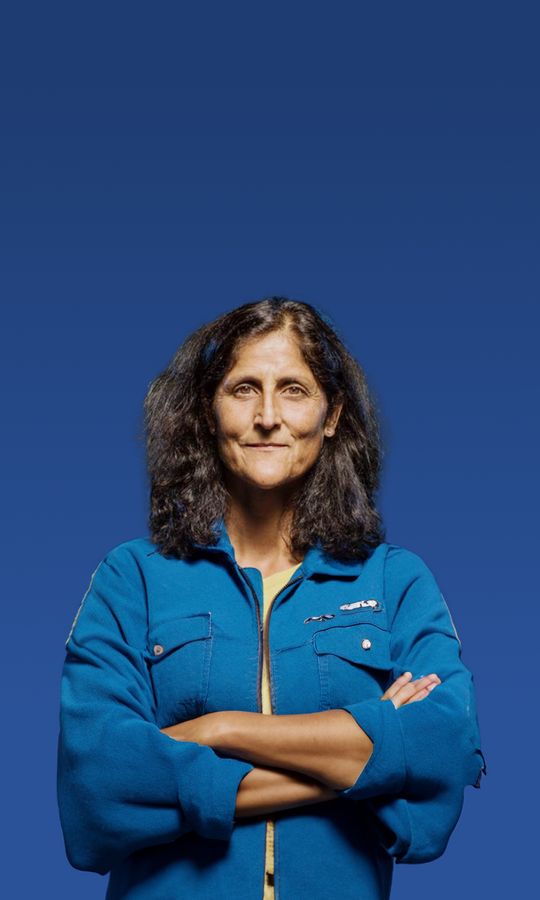
Will Sunita Williams face a tragedy like Kalpana Chawla if NASA decides to bring her back on the Boeing Starliner?
Produced by: Tarun Mishra Designed by: Manoj Kumar


Kalpana Chawla's Fatal Mission
Kalpana Chawla, the first woman of Indian origin to travel to space, tragically died during the re-entry of the Space Shuttle Columbia on February 1, 2003. The Columbia disaster occurred when a piece of foam insulation struck the shuttle’s wing during launch, causing a breach in the heat shield that led to the shuttle disintegrating upon re-entry.

Sunita Williams and Boeing Starliner Delays
In 2024, astronaut Sunita Williams faced a different set of challenges aboard the Boeing Starliner spacecraft. Williams and her fellow astronaut, Butch Wilmore, were on the ISS, waiting for their return to Earth when the Starliner encountered technical issues, including helium leaks and thruster malfunctions.

Different Nature of Incidents
The key difference between Chawla’s and Williams’ situations lies in the nature of the incidents. Chawla’s fatal accident was due to a structural failure during re-entry, a known but severe risk in space travel. In contrast, Williams’ situation involved operational delays due to spacecraft malfunctions, which, while serious, did not result in a life-threatening scenario yet.

Outcomes for the Astronauts
Chawla’s mission ended in tragedy, highlighting the ultimate dangers of space exploration. Williams’ experience, on the other hand, resulted in an extended stay in space but with safety protocols ensuring the well-being of the crew.

A Similar Situation?
Even though Sunita Williams is still safe at ISS, according to Daily Mail, Rudy Ridolfi, a former Space System Commander, outlined three potential dangers if NASA chooses to proceed with Starliner. If the spacecraft's re-entry angle is too steep, the capsule could burn up in Earth’s atmosphere, exactly like Kalpana Chawla. If too shallow, the spacecraft could bounce off the atmosphere and remain in space.

Impact on Space Technology and Safety
The Columbia disaster led to significant changes in NASA’s safety protocols and the design of spacecraft. The Starliner’s issues highlight ongoing challenges in space vehicle development and the importance of rigorous testing and system redundancy.

Broader Implications
The stories of Chawla and Williams illustrate the dual nature of space exploration—both its high stakes and its triumphs. While Chawla’s legacy is a reminder of the risks, Williams’ experience underscores the importance of continuous vigilance and innovation in ensuring astronaut safety.